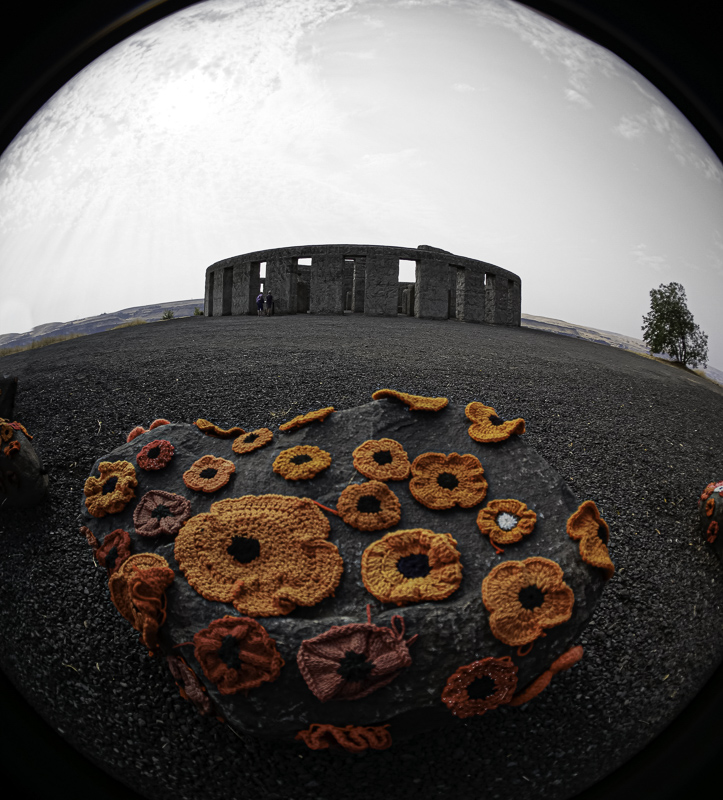Every Picture Is a Compromise
Lessons from the Also-rans
Most photography websites show the photographer's very best work. Wonderful. But that's not the full story of a creative life. If we want to learn, we'd better pay attention to the images that aren't "greatest hits" and see what lessons they have to offer. Every picture is a compromise — the sum of its parts, optical, technical, visual, emotional, and even cosmic – well, maybe not cosmic, but sometimes spiritual. Success on all fronts is rare. It's ok to learn from those that are not our best.
This is a series about my also-rans, some of which I've been able to improve at bit (i.e., "best effort"), none of which I would consider my best. With each there are lessons worth sharing, so I will.

Previous image | Next image |
Original digital capture

Divided Composition
Most photographs are composed with some central subject seen against a background or a foreground. A much more rare kind of composition is when two sections of the composition almost seem like they are from different exposures. These "divided compositions" are a great technique for drawing comparisons.
What I saw that I liked:
I decided to experiment with my fisheye lens at the Stonehenge replica in the Columbia River Gorge in Washington.
What I don't like in the picture:
The above RAW capture is more about the fisheye lens than it is about the comparison I was hoping for.
What I learned:
I cropped a little off the top and bottom to reduce the sense of fisheyeness (yes, I just invented that word) and desaturated the top half of the image to make the colorful decorations stand out more. So far, this is my favorite image of Stonehenge — out of the numerous trips I've made there to try "straight" photography. |
|


